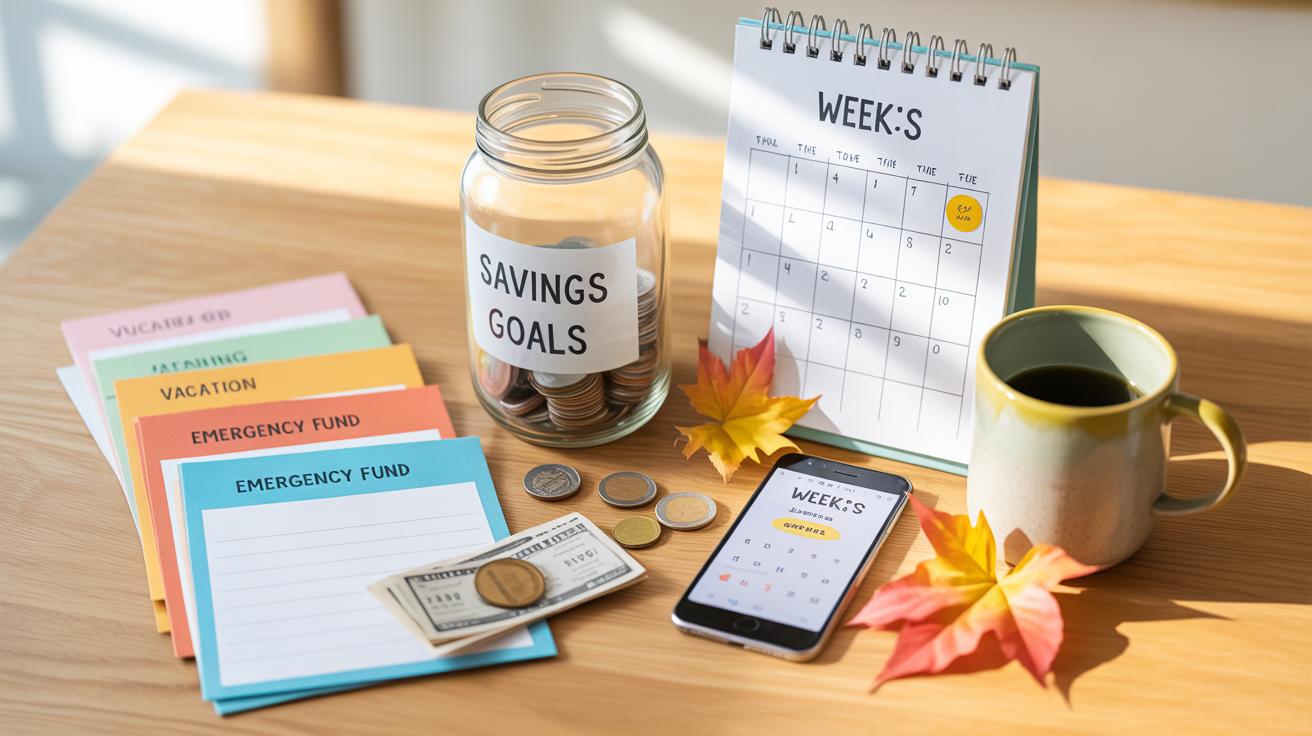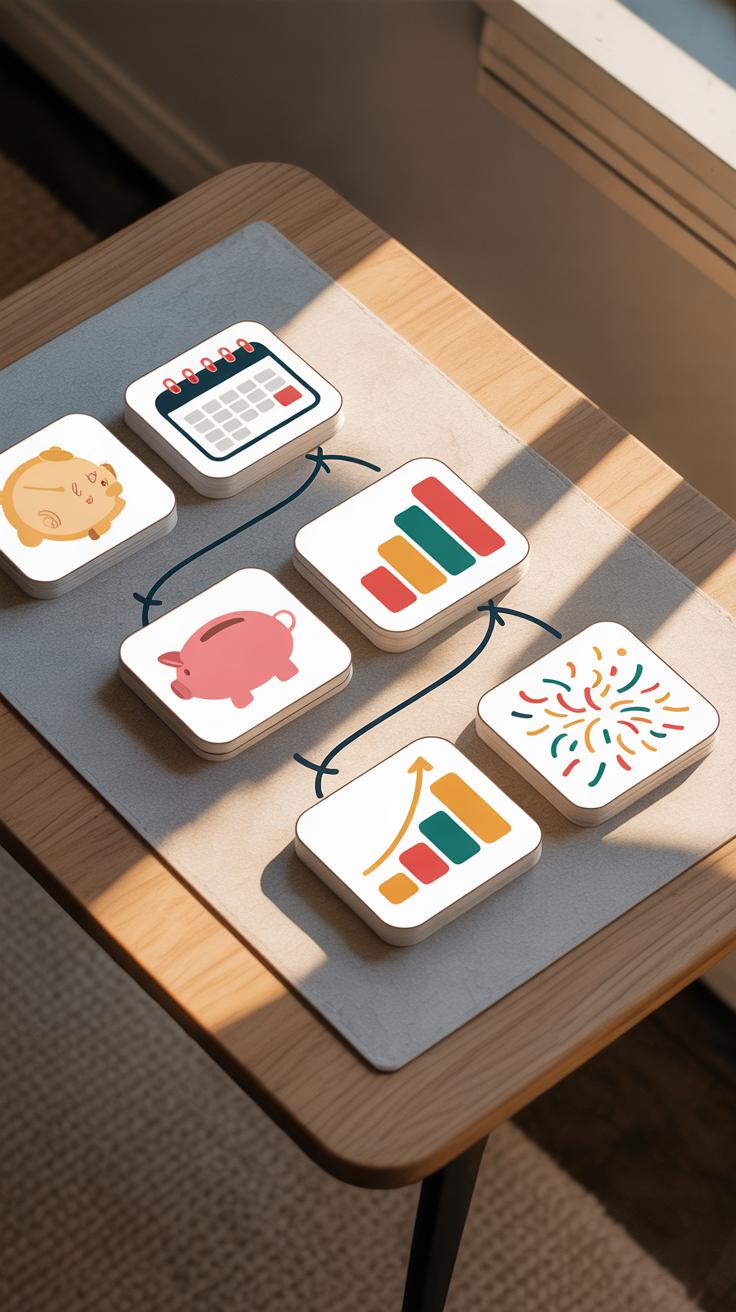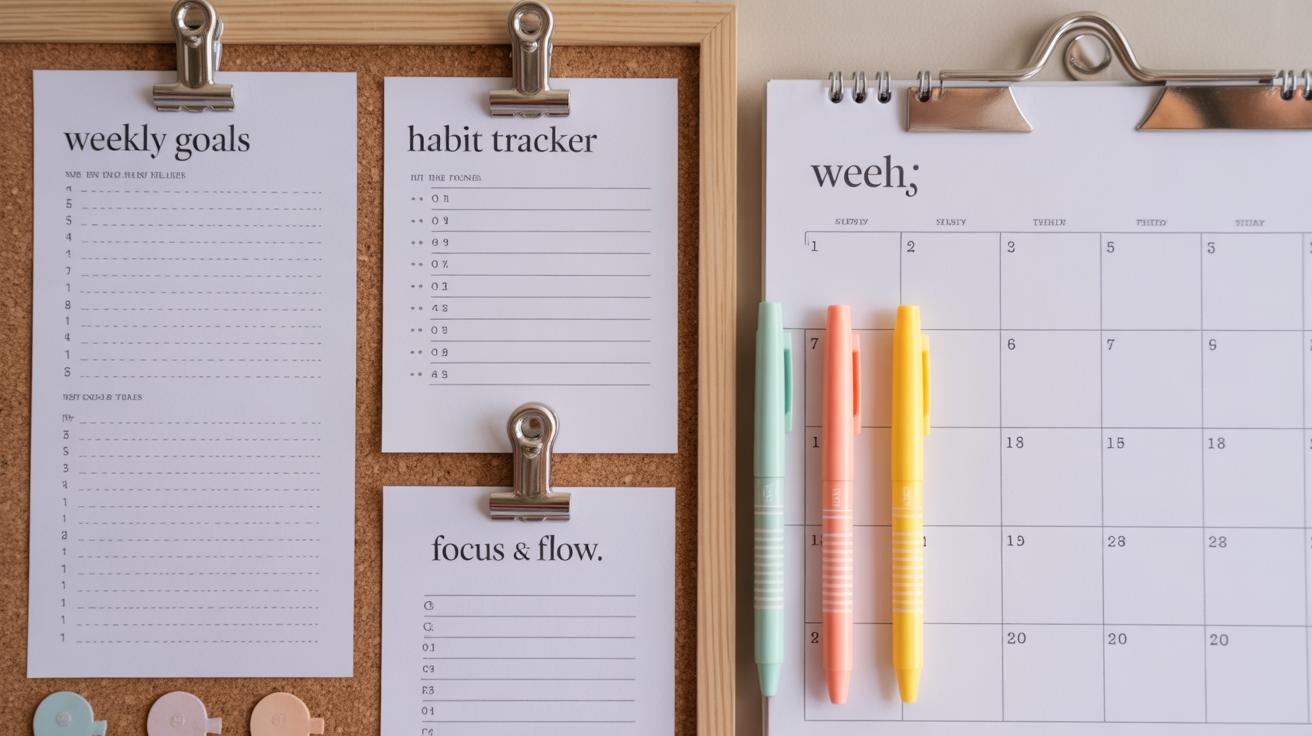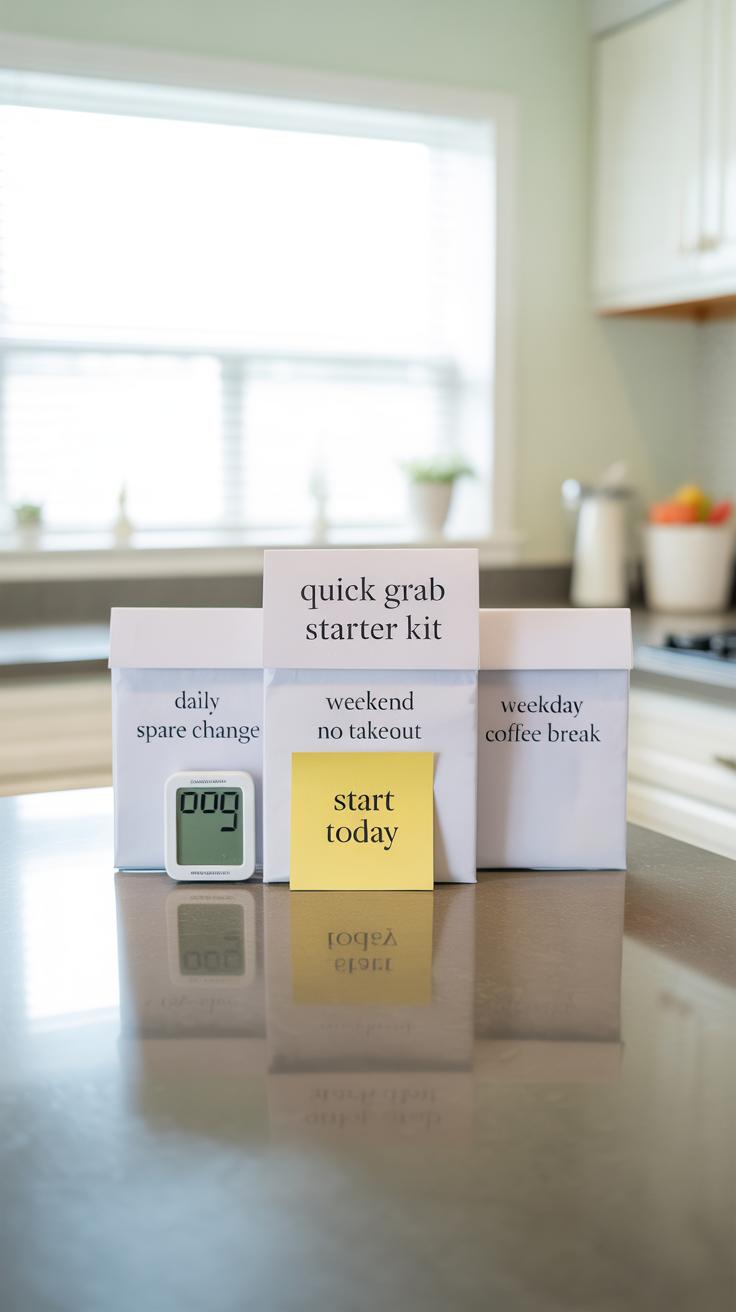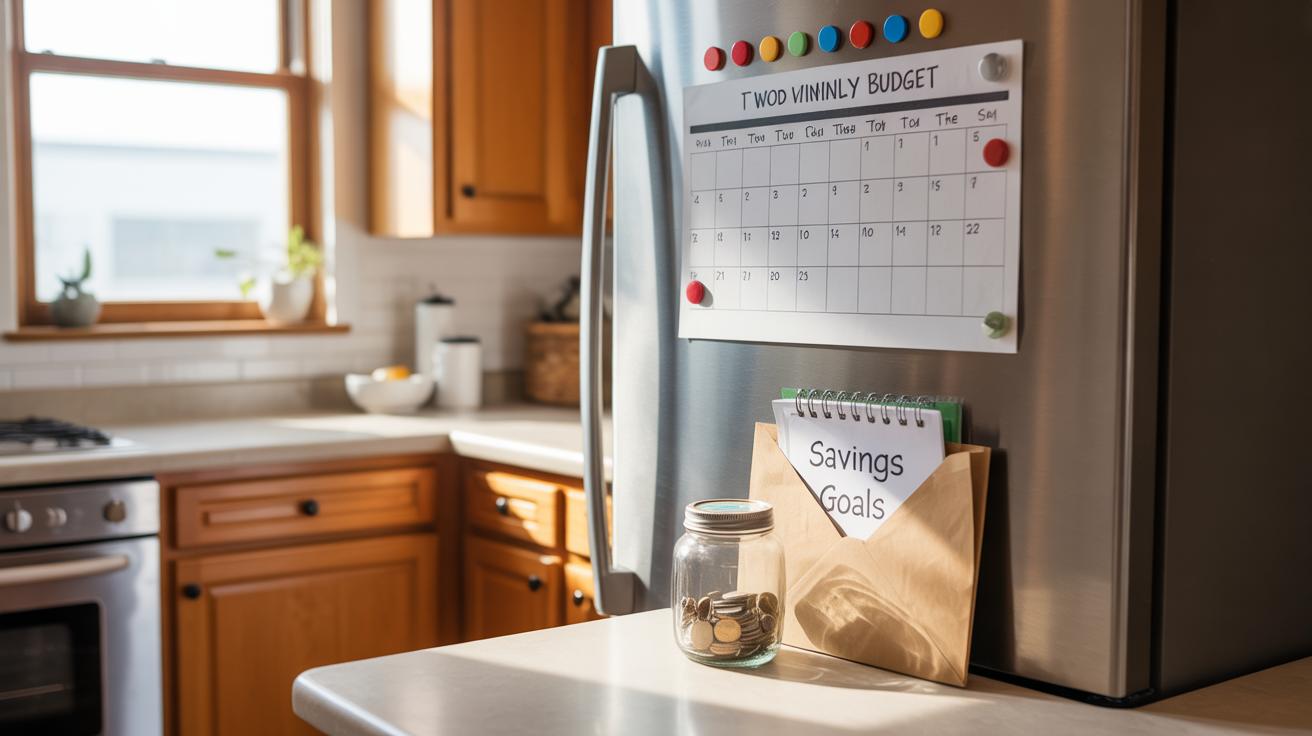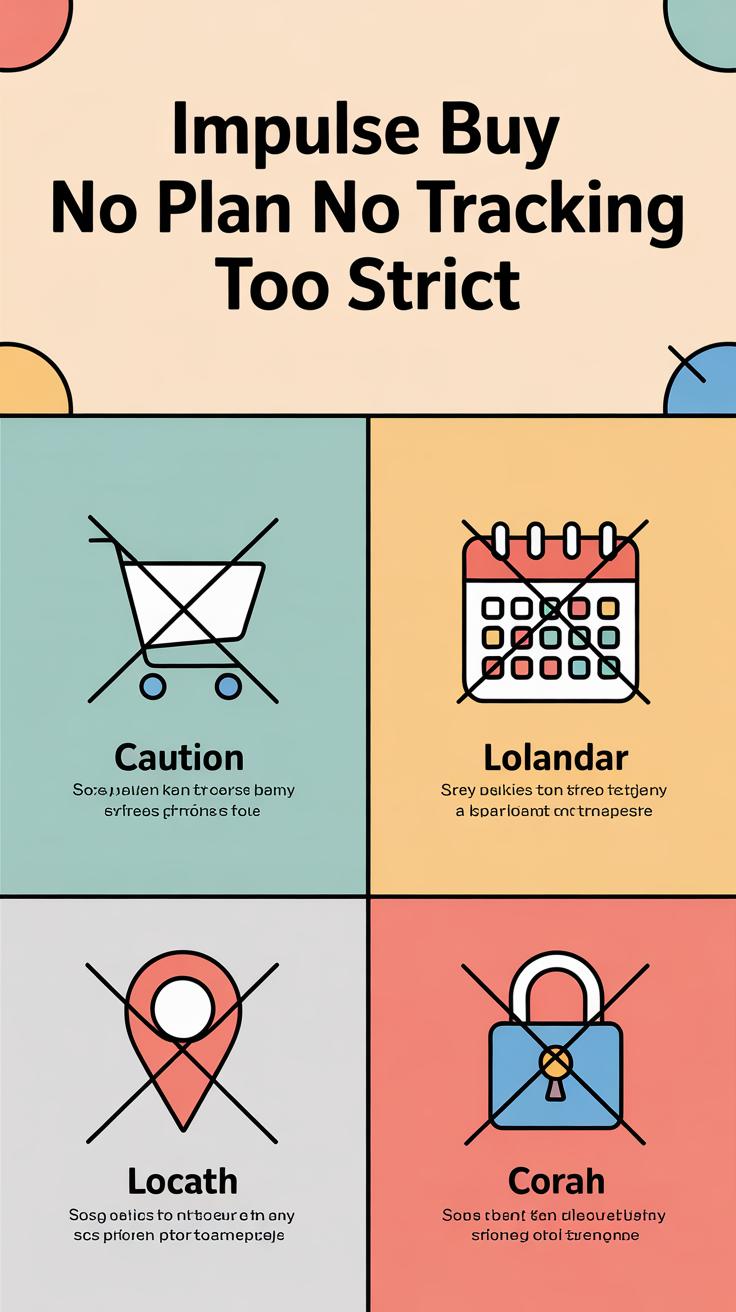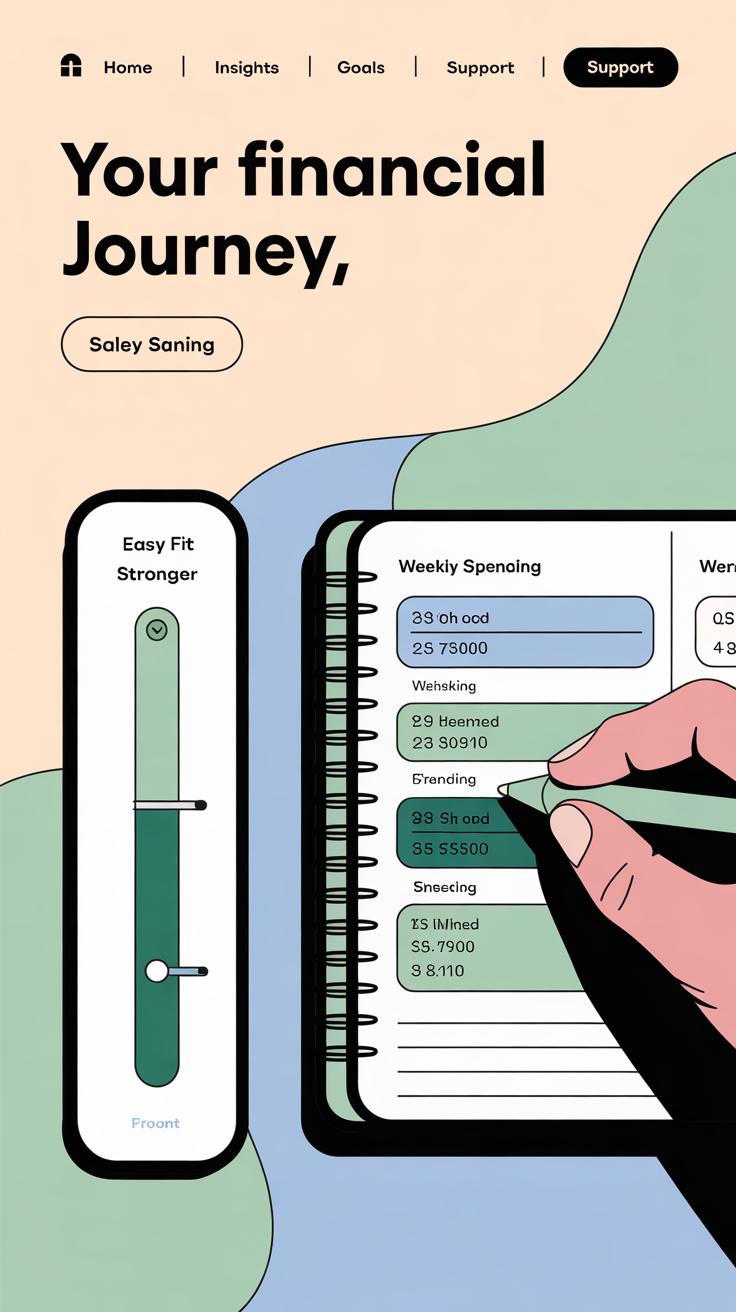Introduction
Savings Challenge Ideas That Actually Work For Beginners are a great way to start building your financial future. If you find saving money hard, this article will guide you with easy and practical ideas that anyone can follow. Starting with simple challenges can make saving less overwhelming and more fun.
You will learn about different savings challenges, how to pick the right one for you, and ways to stay motivated. With clear, simple steps, these ideas can help you save money steadily without feeling stressed. Let’s explore how you can begin your journey to better saving habits today.
Understanding How Savings Challenges Work
What Is a Savings Challenge
A savings challenge is a simple plan that encourages you to put aside money regularly, often over a set time period. Think of it as a small, focused goal to help you save without feeling overwhelmed. For example, some people save by adding $5 every day for a month, while others save by putting away an amount that matches the date, like $1 on the 1st, $2 on the 2nd, and so on. There’s also the 52-week challenge, where you save a bit more each week.
These challenges create a clear structure that guides your saving. You know exactly what to do and when. That’s part of why a savings challenge works—it’s not about vague ideas like “try to save more,” but concrete steps you can follow.
Why Beginners Benefit from Savings Challenges
If you’ve never saved before, just starting can feel confusing or even intimidating. Savings challenges break it down into manageable chunks. Instead of thinking, “I need to save hundreds of dollars,” you focus on small, easy steps. This makes saving feel doable.
There’s also the motivational side. Checking off your progress feels rewarding. That little sense of achievement keeps you going, even if the amounts seem minor at first. It builds a habit. And that habit is often the hardest part for beginners.
Some days, you might find yourself wondering whether saving that day really matters. But sticking to a challenge creates a rhythm. You don’t have to think too much about whether to save—it becomes part of your routine. That’s why savings challenges can be a helpful way to get started, especially when money feels tight or priorities pull you in many directions.
Choosing the Right Savings Challenge for You
Picking a savings challenge isn’t one-size-fits-all. You might feel tempted to jump into a popular one, like the 52-week challenge, yet wonder if it fits your reality. Before committing, ask yourself a few questions:
- What are my savings goals? Am I saving for something specific or just building a general fund?
- How much can I realistically set aside each week or month without stressing my budget?
- What’s my current income like? Does it fluctuate, or is it steady?
- What habits or routines do I already have that might make saving easier or harder?
Thinking about your goals helps you be honest with what you need. For example, if your budget’s tight, a challenge requiring big weekly deposits probably won’t last. On the other hand, if you earn irregularly, a strict fixed-amount plan might feel restrictive. You might prefer a flexible challenge that lets you adapt week to week.
Try to picture your daily life—do you use cash often or mostly cards? Would dropping spare change in a jar be practical or just an extra hassle? Maybe an app-based challenge suits your style better. The easier a challenge fits into your habits, the more likely you are to stick with it. It doesn’t have to be perfect, really; small wins count.
Ultimately, the right challenge supports your saving without making you want to quit. It can be simple, like saving odd dollar amounts or skipping a small weekly treat. Matching the challenge to your income and lifestyle keeps it stress-free, and that’s the best way to make progress, slowly but surely.
Simple Savings Challenges to Try Now
Starting small is often the best move when it comes to saving money. If you’re new to this, simple challenges can make the idea less overwhelming and maybe even a bit fun. One popular method is the 52-week challenge. Here, you save a small amount during the first week—say $1—and then increase it by a dollar every week. By the end of the year, you’ll have built a nice stash without feeling the pinch too much at the start.
Another straightforward idea is setting a weekly or monthly amount you can comfortably set aside. For instance, $20 every week or $80 each month. This steady rhythm helps your savings grow predictably without too much fuss or needing to constantly adjust.
There’s also the spare change challenge. Every time you get coins, tuck them away instead of spending. It might sound trivial, but over weeks or months, those small bits add up more than you’d think. If you’re the type who likes to see progress, keeping your coins in a clear jar helps—you literally watch it grow. And if you want a habit to stick, consider emptying your pockets or wallet at the same time every day.
Trying any of these, or even mixing them a bit, can get you into the groove of saving. It’s not about perfect consistency but building a habit that feels doable. What’s your comfort level? Maybe start with spare change and add a fixed weekly amount after a few months. It’s flexible, so find what fits.
Tracking Your Savings Progress
Keeping track of your savings isn’t just about numbers on a page. It shapes how you feel about your progress, even if you’re saving small amounts. When you see those figures add up, it pushes you to keep going. You might think it’s tedious at first, but tracking gives you a clear picture of what you’ve actually accomplished, not just what you plan to do.
There are simple ways to do this without much hassle. You could jot down every deposit or saving action in a notebook, making it a habit to log your efforts daily or weekly. Alternatively, a spreadsheet can help organize your records neatly and lets you watch trends—like when you saved most or missed saving days.
Apps might feel overwhelming if you’re new to saving, but some are designed with beginners in mind. Tools like “SimpleSave” or “MoneyTrack” offer visual meters and reminders, making it easier to see progress at a glance. They can turn dry numbers into something more motivating—sometimes even a bit fun.
Using Journals and Spreadsheets
Starting with a plain notebook often works best. Write down the date, amount saved, and a quick note—maybe why you saved more or less that day. It doesn’t have to be perfect; just consistent.
If you prefer something digital, open a blank spreadsheet. Columns for dates, amounts, and notes keep things tidy. You might find it surprising how seeing numbers in rows pushes you to save a bit more next time. It also helps spot patterns, like spending dips that freed up extra cash for saving.
Helpful Apps to See Your Progress
Some apps break down your savings visually, which can be reassuring, especially if you’re a beginner. Try apps like:
- SimpleSave – tracks daily deposits and shows a progress bar.
- MoneyTrack – offers alerts and saving streaks to keep you engaged.
- SaveEasy – connects to your bank and rounds up purchases to save change.
Choosing one that fits your style matters. If you like seeing charts, pick an app with clear visuals. If you want reminders, some apps send gentle nudges. What feels right depends on you, so maybe try a couple before settling on one. Tracking isn’t one-size-fits-all, and that’s okay.
Staying Motivated During Your Savings Challenge
Keeping your motivation up while working through a savings challenge can be trickier than it sounds. At first, you might feel really pumped. Then, a few days or weeks in, that energy fades, and saving can start to feel like a chore. One way to keep the spark alive is by setting small goals along the way. For example, instead of focusing only on saving $500, break it down to $50 increments. Each time you hit one of these smaller milestones, celebrate it—maybe with a small treat, like a coffee or a quiet evening doing something you enjoy. It doesn’t have to cost much; the point is to reward yourself for progress.
Those little celebrations can feel surprisingly encouraging. They offer proof that your effort pays off, making the bigger goal seem more doable, not overwhelming.
Setting Small Goals and Rewards
When you slice your savings into smaller chunks, it isn’t just easier to grasp—it actually helps keep things interesting. Saving a large amount can feel distant and abstract, but hitting smaller targets creates mini wins that boost your enthusiasm.
Try these ideas:
- Set weekly or biweekly targets instead of a single large goal.
- Give yourself a small, budget-friendly reward after reaching each target.
- Write down your wins somewhere visible to remind yourself how far you’ve come.
Even if those small rewards might seem unnecessary to some, they really do keep spirits up. Sometimes, it’s just as much about feeling good as it is about the numbers.
Using Reminders and Support Systems
Another trick is to use reminders. These can be simple alarms on your phone, sticky notes on your mirror, or even calendar alerts. The point is to nudge your memory and encourage you to keep saving regularly.
Beyond reminders, sharing your goals and progress with a friend or family member adds a layer of accountability. When someone else knows what you’re working towards, it’s harder to backslide without feeling a bit guilty or disappointed. Plus, friends might cheer you on or share their own experiences, which can feel surprisingly motivating.
It’s not perfect, though. Sometimes sharing can add pressure, and you might not want to admit if you slip up. But, for a lot of people, that network of support makes a difference. Would you be more motivated if someone checked in on your progress? Maybe give it a try and see how it feels.
Common Mistakes to Avoid in Savings Challenges
One of the biggest traps people fall into during savings challenges is skipping days or giving up too soon. It might start with just missing one saving day, which seems harmless. But then, suddenly, skipping becomes a habit, and motivation slips away faster than expected. When you miss a day, don’t just write off the whole challenge. Instead, try to catch up or adjust your plan slightly. Consistency—small daily wins—matters more than perfect adherence.
Another typical error is setting goals that are just too high. Maybe you’re inspired and decide to save an amount that feels nearly impossible given your budget. What often happens? Frustration grows, and you might even quit before making real progress. You don’t have to aim for the moon right away. Start with amounts that feel doable. Even $5 or $10 can add up over time.
Ask yourself: Can you imagine sticking to this plan a month from now? If not, rethink your target. It’s okay to scale back and build confidence slowly. This way, you’re far more likely to keep going instead of burning out.
Adjusting Your Challenge As You Go
Life doesn’t always stick to a script, so why should your savings challenge? If you find the plan too tough or, on the flip side, too easy, it’s okay to change it. Maybe your income shifts, or unexpected expenses pop up. You don’t need to quit, just tweak what you’re doing.
Increasing or Decreasing Savings Amounts
Imagine you started saving $20 a week, but then your hours at work increased. You might bump that up to $30 or $40 without much strain. Conversely, if bills suddenly pile up, dropping to $10 can keep the habit alive instead of derailing it completely.
Here are a few ways to adjust amounts:
- Shift your weekly or monthly savings based on new budget realities.
- Try saving a fixed percentage of any extra income, like bonuses or tax refunds.
- Pause the challenge briefly if necessary, but set a clear restart date.
It’s a bit like listening to yourself—are you pushing too hard or not enough? Don’t be afraid to change course.
Changing Challenge Types When Needed
Sometimes the challenge you picked at the start just won’t keep your interest or fit your lifestyle anymore. Switching things up can help. For example, if the “52-week challenge” feels too long or repetitive, try a “no-spend week” challenge instead. Or, if you prefer smaller steps, daily penny-saving might work better.
Switching challenges does more than prevent boredom; it makes saving feel more manageable. Remember, the goal isn’t to finish a set challenge perfectly but to build a saving habit that lasts. So, if something isn’t clicking, try another style and see what feels right. You might surprise yourself by how much easier—or even enjoyable—it becomes.
Planning What to Do with Your Savings
Once you start seeing your savings grow, the next step is figuring out what to do with that money. It’s easy to think you’ll just spend it later, but having a plan can keep you motivated and prevent impulsive spending. One simple idea is to build or boost an emergency fund. Let’s face it, life throws curveballs, and having a safety net can give you peace of mind.
Maybe you want something special, like a small trip or a gadget you’ve been eyeing. Setting that as a goal makes saving feel less like a chore and more like working toward a treat. The key is choosing something meaningful to you because that personal connection fuels your effort.
Before you decide, ask yourself: Will this help me feel more secure financially? Or is it a reward that keeps me motivated? Sometimes it’s both, which is okay. Just being clear about your reasons helps you avoid spending without thinking.
Using your saved money wisely means balancing enjoyment with smart choices. For example:
- Keep your emergency fund separate from spending money, so you don’t dip into it too quickly.
- Consider paying down high-interest debt—it can save more money in the long run than buying something new.
- If you buy something special, try picking something that lasts or adds value to your life.
It’s tempting to think savings are only for emergencies, but they can serve different purposes at different times. Having a plan means you use the money in ways that actually improve your financial health, not just add temporary happiness.
Conclusions
Savings challenges give you clear goals and make saving money easier. By starting small and choosing the right challenge, you make consistent progress toward your financial goals. Remember, success comes from regular effort and patience over time.
Pick a challenge that fits your lifestyle and stick with it. Use the tips in this article to keep yourself motivated and learn from each step. Saving money can be simple when you have a plan. Now, take action and watch your savings grow.


